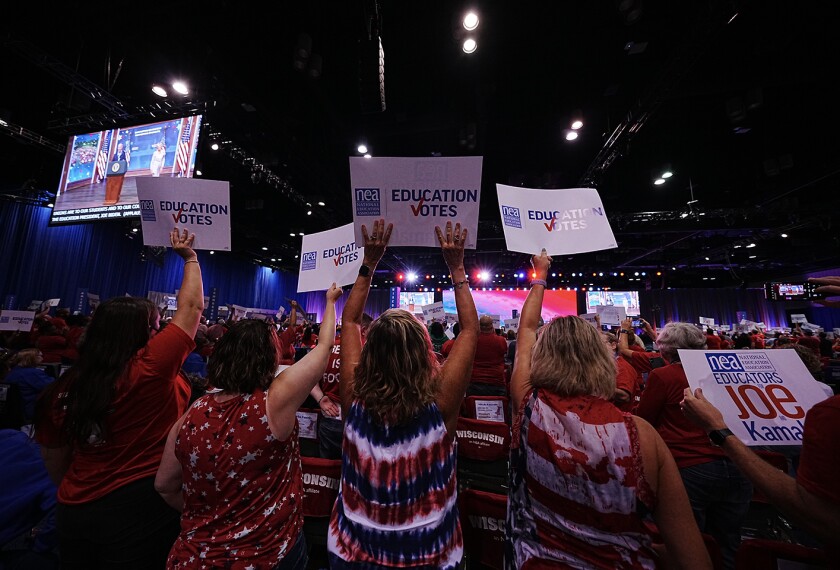Weeks of creating our classroom environments are now behind us, and we are well into the school year. We know our students. We know our content. We are set with our planning, teaching, and learning routines. The excitement of the new school year is still in the air. But let’s be real—as the weeks move along and the curriculum picks up steam—teachers and students may need a little spark to keep an ongoing connection between learners and classroom-learning environments.
Let’s keep the excitement of the new school year fueled by our decisions to create learning experiences that motivate, excite, inform, and inspire! The best part is—all teachers can keep the spark in the learning by looking at their lessons plans through a Universal Design for Learning lens. That’s right—any lesson—any teacher—anywhere.
It’s All About the Process
Through a UDL lens, our curriculum supports our decisions in guiding students how to learn. The content is taught within a strong learning process, so students experience learning rather than just receiving it. With the research to support learner variability, we know that all students in any classroom need a variety of conditions for optimal learning to occur. These conditions include three brain networks that, when set in motion, serve to guide each learner in our room to connect to the content in significant and personal ways.
Let’s consider a hypothetical 7th grade social studies class: As the students walk in, they notice the clearly stated learning target posted on the board. As the teacher introduces the lesson, she weaves in key vocabulary words, which are also posted on the board. She engages the class in a brief discussion to ignite their connection to the content. After watching a brief video clip, the students share their thoughts about the video with their peers.
Just within this 15-minute introduction, students set goals, activated their background knowledge, deepened their understanding through multimedia input, and shared their thinking through peer interactions. During the remaining minutes of class, students were provided choices for reading about the day’s topic. Some read from textbooks, some read on iPads, while others listened to peers read within cooperative groups. Some students chose to engage in discussion and jot down key words, while others chose to write a brief paragraph to demonstrate their understanding for the day.
Even in the most basic lessons, all three-brain networks can be illuminated. Simply provide opportunities for your students to think.
Strategies for Affective Networks: Providing Multiple Means of Engagement
Imagine your class filled with wide-eyed, eager, motivated students. Sometimes we feel like we’ve hit the mark with our lessons, while other times we know a lesson falls flat. That’s a lot of pressure to put on ourselves. We know it is not just up to us to create the motivation in the room. We must guide our students to become intrinsically motivated, so they will be engaged in the learning without depending on us to entertain them. Yet we must create the scene. We facilitate the opportunity for our students to be purposeful, motivated learners. Here are some examples to ramp up the engagement:
- Make time to hear what your students think.
- Shake up the seating plan—form cooperative groups and peer interactions.
- Plan for student-led discussions—you facilitate the learning; they guide their performance and deeper understanding.
- Create a culture of student reflection—connect students with how they feel and they will be more relaxed and open to learning.
Strategies for Recognition Networks: Providing Multiple Means of Representation
The ultimate goal is to guide our students’ abilities to comprehend and to use their resources as they gain knowledge and skills. Here are a few low-tech examples to support recognition networks:
- Activate background knowledge by making time for students to connect with their thinking around new topics. Remember, meaningful learning happens when learners connect the new with the known.
- Embed vocabulary development while planning for direct instruction as needed.
- Provide multimedia input such as visuals, auditory, movement, and kinesthetic modalities.
- Check out these free learning tools at the Center for Applied Specialized Technology (CAST), the organization that originally defined UDL.
Strategies for Strategic Networks: Providing Multiple Means of Action and Expression
Sometimes teachers feel that a well-managed class is a quiet class of students who sit, take notes, raise their hands—but above all remain silent. But teachers, listen up! There’s no need to be protective of every moment—release some responsibility to the students for their own learning. Meaningful learning should be noisy, active, and above all, productive! So let’s make that happen. Take a look at one of your upcoming lesson plans. How can you guide your students to be strategic with a clear focus on the learning goal(s) for the day? Perhaps one of these examples will be worth a try:
- Provide options for a guided-note-taking process.
- Integrate interactive notebooks to empower students to process and make sense of the concepts being taught.
- Guide students to self-monitor their learning. Here’s a link for some students to guide metacognition when reading.
- Create the skill of goal-setting by clearly posting your learning target for the day. In addition, check out these goal-setting resources.
If UDL feels like something new to you, just begin by printing a copy of the UDL Guidelines and selecting one guideline each week to embed in your teaching cycle. Before you know it, you will be noticing the natural ways that you can embed UDL principles into your daily routines. In addition, you may use the guidelines to identify specific strategies to target the needs of the learners in your classroom. The bottom line is that UDL is the perfect go-to teaching tool to guide our instructional decisions as we strive to create clear access between the curriculum and the learners in our room. This is an all-access pass that will keep that spark of the learning process alive and well in your classrooms.




